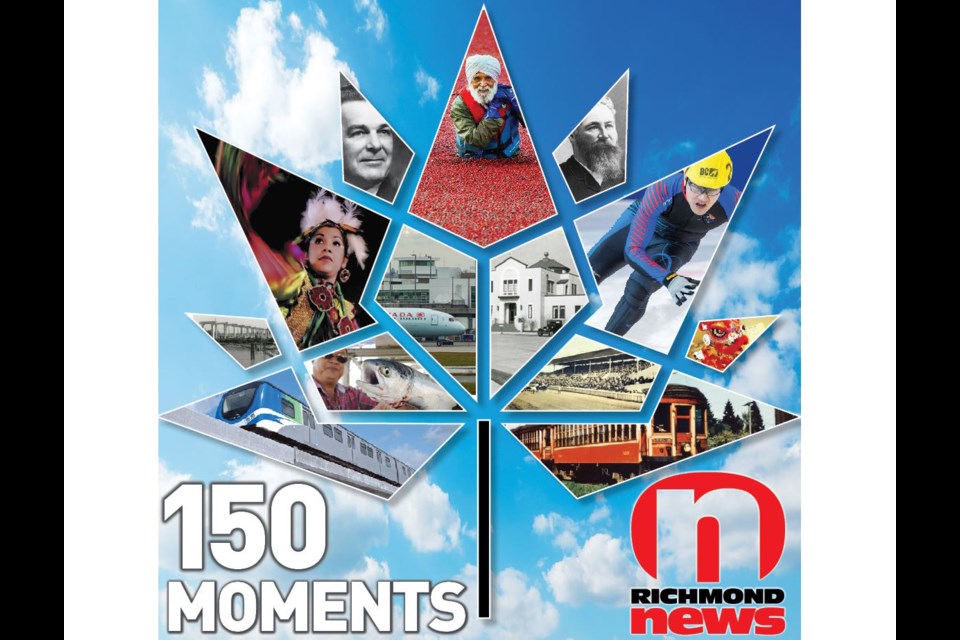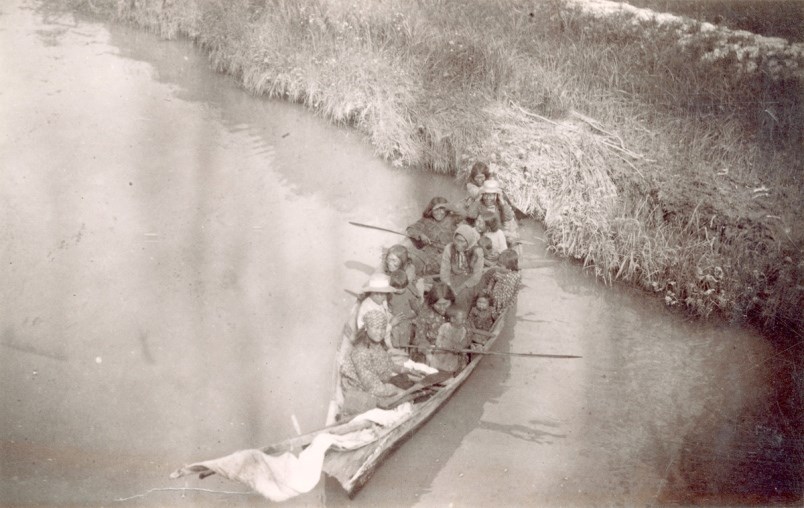
Coast Salish set the stage
10000 B.C. – Indigenous people settle in the region, known as Solh Temexw. The mouth of the Fraser River is one of two major settlements. But Richmond’s islands don’t exist.
5000 B.C. – (First traces of) permanent dwellings established along the Fraser River.
4500 B.C. – The Cheam Slide bends the Fraser River north in the Fraser Canyon and the eastern tip of Lulu Island (Queensborough) begins to form.
4500 B.C. – Sea levels stabilize to present day levels. Salmon increase in abundance in the Fraser River.
3000 B.C. – Coast Salish communities advance with more social structure and improved hunting and fishing tools. Halkomelem language is the common language.
1782 – A smallpox epidemic, originating from Spaniards in Mexico, kills two-thirds of Coast Salish people.
1791 – Explorer Jose Maria Narvaez explores Strait of Georgia, notes mouth of Fraser River.
1808 – Explorer Simon Fraser reaches Sea Island.
1830 – Pioneer John Sexsmith is born in Richmond, County of Lennox, Ontario; the origin of one of four competing theories for the name Richmond.

British Empire moves in
1858 – Captain George Henry Richards performs detailed charting of the islands that would become Richmond.
1859 – John Trutch surveys Richmond for the British, paving the path for European settlers to purchase land from the Crown, with no consideration of Indigenous Coast Salish people.
1860 – Lulu Island gets its name after Colonial Governor Colonel Moody attempts to impress actress Lulu Sweet by naming it after her.
1861 – Hugh McRoberts begins farming on Sea Island and builds a house, the first of European descent to do so. He is originally from Richmond, New South Wales, Australia; the origin of one of four competing theories for the name Richmond.
1864 – Samuel Brighouse purchases 697 acres on Lulu Island.
1866 – Hugh Boyd settles on Sea Island. His wife is from Richmond, Yorkshire, England; the origin of one of four competing theories for the name Richmond.
1866 – W.D Ferris begins farming on Sea Island. He is originally from Richmond, Surrey, England; the origin of one of four competing theories for the name Richmond.
1877 – Manoah Steves establishes a homestead in southwest Lulu Island.
Nov. 10, 1879 –Township of Richmond created.
Jan. 12, 1880 – Hugh Boyd becomes first warden/reeve (mayor) of Richmond.
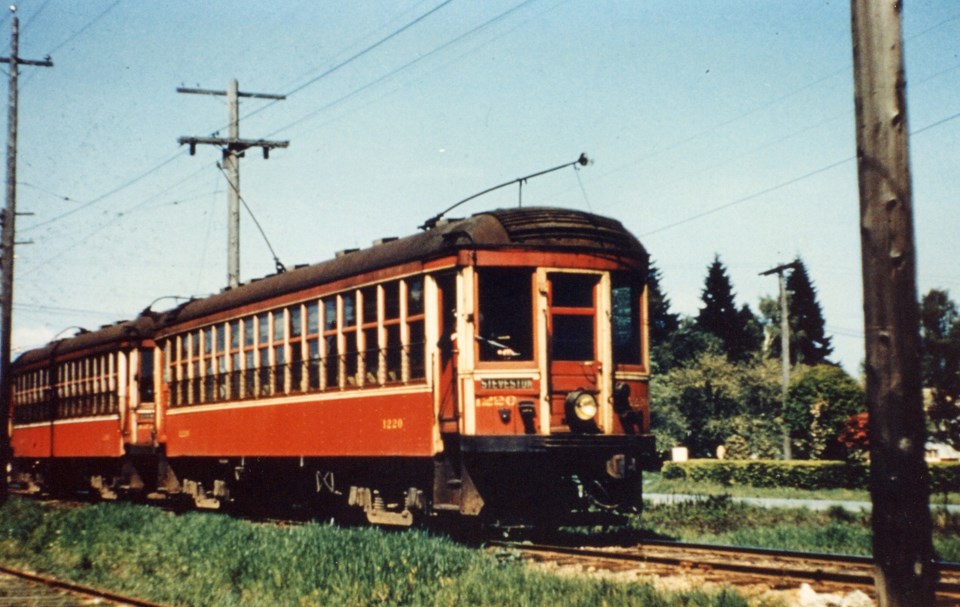
Steveston defined
1882 – The first cannery (Phoenix Cannery) is built in Steveston.
1883 – Pioneer Tomekichi Homma arrives in Richmond, later establishes Japanese Fisherman’s Association (union).
1883 – First Chinese labourers contracted to build roads and ditches.
1884 – Lulu Island post office built at London’s Landing.
1885 – A head tax is introduced on Chinese entering Canada, under the Chinese Immigration Act of 1885.
1885 – A provincial letters patent leaves Queensborough outside of the municipal boundaries.
1886 – First church built on Sea Island.
1889 – The Marpole and Eburne bridges are built, establishing a reliable commercial route between Richmond and Vancouver.
1891 – The first telephone is installed in Richmond, in a small building in Steveston.
1893 – White fishermen unionize but exclude the Japanese.
1894 – The Sockeye Hotel, which still stands today as the Steveston Hotel, is built, marking a wave of development along the Steveston boardwalk.
1894 – The Gulf of Georgia Cannery replaces the Garry Point Cannery, establishing what is now a national heritage site.
1895 – Ling Chung Lam opens Hong Wo Store on Trites Road, in Steveston. It is considered Richmond’s first “supermarket.”
1901 – Colonial Cannery purchased by Kwong Mon Tai Company, the only Chinese-owned cannery at the time.
1902 – Railway built by Canadian Pacific to Steveston.
1905 – A flour mill opens at River Road and No. 5 Road. The Easterbrook Flour Mill is now remembered by the naming of Rice Mill Road.
1906 – Banking comes to Steveston, with the opening of the Northern Bank (eventually sold to Royal Bank).
1906 – South Arm United Church is built.
1906/1908 – School board established; Mitchell school built.
1907 – Steveston is ravaged by a massive fire.
1908 – William Bridge elected reeve (mayor) for nine years.
1909 – Minoru (Brighouse) horseracing track built, giving well-to-do residents their first sigificant leisure opportunity.
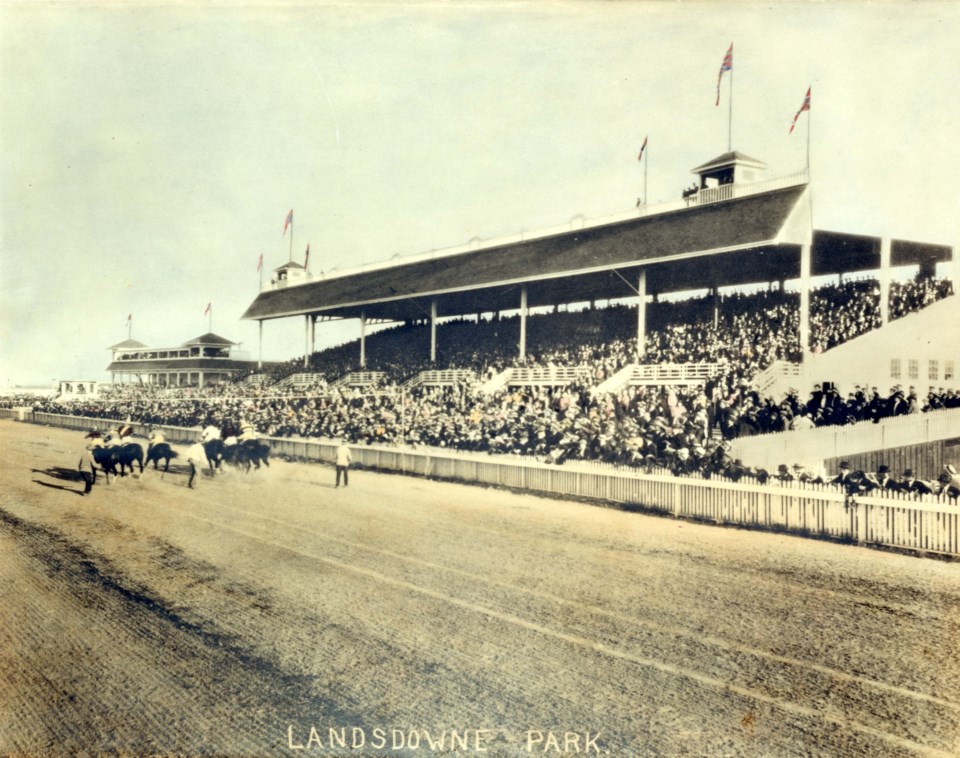
Maturing in war era
1914 – First World War begins, reshaping family households, as men leave and women take on more labour.
1919 – After 26 Richmondites die in the war, the Soldier Settlement Act provides returned veterans with loans to purchase farmland and equipment.
1919 – Richmond’s present-day town hall site is established at No. 3 Road and Granville Avenue.
1924 – Lansdowne Park Racetrack and grandstand built for horseracing.
1924- Stevston Buddhist Temple built, making it a central gathering spot for Japanese residents.
1925 – Richmond gets its first board of trade, the precursor for the Richmond Chamber of Commerce.
1926 – Hide Hyodo becomes first Japanese-Canadian teacher hired in B.C., at Byng elementary.
1927 – One of the chief developers of Richmond’s subdivisions, Eugene Greczmiel, settles in Richmond.
1930 – Rudy Grauer elected reeve (mayor) for the next 20 years.
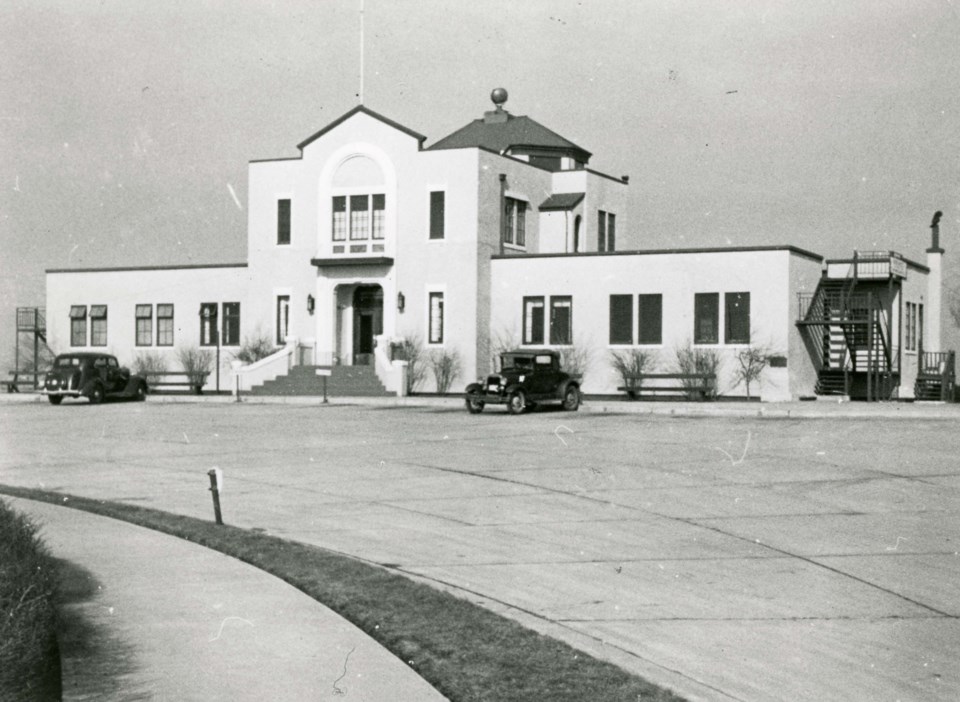
1931 – Vancouver airport opens on Sea Island, establishing what would become the city’s single-largest employer.
April 1, 1932 – Free press comes to Richmond, with the Richmond-Marpole Review’s first weekly edition.
1939 – World War Two begins.
1939-1945 – WWII claims lives of 36 Richmondites, results in construction of Burkeville for airport workers.
Dec. 1, 1941 – Japan bombs Pearl Harbour, resulting in the internment of Richmond’s Japanese-Canadians, who have their possessions (boats) effectively stolen by the government. The Japanese community in Steveston is fractured and displaced, but many still return after the war.
July 20, 1942 – The Veterans’ Land Act passes, forming thousands of small 1-2 acre plots of farmland for veterans, setting the table for future “hobby farms.”
1947/1948 – Post-war leisure life booms with building of the Steva Theatre and Lulu Theatre in Steveston and Brighouse, respectively.
1946 – Steveston Community Society forms, organizes first Salmon Festival.
1949 – Japanese and Chinese people gain right to vote.
1950 – RCMP take over policing in Richmond
1953/1954 – Richmond Hospital Fund is created and ratepayers associations form the Richmond Hospital Society, setting the table for the township’s own facility.
1954 – A wave of subdivision applications hits town hall.
1957 – Rod’s Buildings Supplies opens in Steveston.
1957 – The tolled Oak Street Bridge opens, complemented by the Moray Channel Bridge, to replace the Marpole Bridge. A rush of development follows.
1958 – The electric Marpole-Steveston Interurban Tram makes its last trip, sealing the deal for a car-centric culture.
1958 – Town purchases Brighouse racetrack, turns it into Minoru Park.
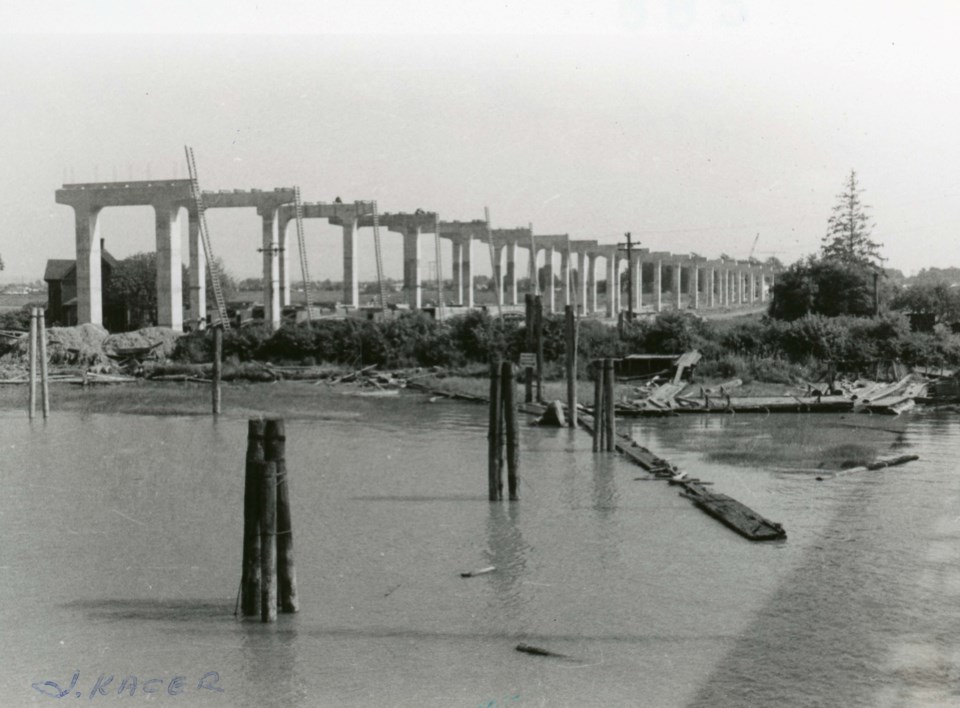
Growth spurt
July 15, 1959 – Travel south of the Fraser becomes much more convenient as the Deas Island Tunnel is officially opened by Queen Elizabeth II, replacing a ferry service.
1960 – Henry Anderson, who worked for G H Anderson and Sons construction firm, is elected reeve (title switched to mayor in 1968), marking a new era of development.
1960 – Queensborough Bridge is built.
1960 – Horse racing ends at Lansdowne Park.
1962 – Despite a failed referendum, town council purchases the 528-acre Brighouse Estates (now City Centre/Oval Village) for $1.45 million to implement a master plan, leading to much of the area developed for low-density commercial and light industrial.
1962 – Athletics excellence bolstered as Kajaks Track and Field Club is founded by Doug and Diane Clement.
1963 – Richmond Square Shopping Centre, the precursor to Richmond Centre, is built with Simpsons-Sears as its anchor tenant.
1964 – Minoru Pavilion opens, to become a key community gathering spot.
1965/1968 – Steveston Buddhist Temple and Martial Arts Centre open, to play important roles for the Japanese community.
1965 – Richmond Gardens subdivision is completed.
1966 – Richmond Hospital opens, offering important healthcare to Richmondites.
1968 – Farming advocate and environmentalist Harold Steves is first elected to Richmond city/town council. After serving one term as an MLA, in 1973, he has served on council continuously, since 1977, making him the longest serving council member by a long shot.
1968 – A new airport terminal opens, marking a significant expansion for Vancouver International Airport, leading to building height limits.
1968 – Minoru Park is transformed, with opening of first cultural centre and a new location for the chapel.
Oct. 18, 1970 – Hugh Boyd Park Complex opens, providing residents with an alternative to Minoru Park.
1972 – Three high-rise rental apartment towers are erected next to Minoru Park.
1972-1974 – South Richmond farmland is industrialized with creation of Fraser Wharves and Riverside Industrial Park.
1973 – Gilbert Blair takes over the mayor’s seat until 1990.
July 16, 1973 – Richmond becomes sister city to Wakayama, the first such international agreement.
1973 – After racing ended in 1960 at Lansdowne Park, the site is sold to a commercial developer to build Lansdowne Centre, featuring Eaton’s and Woodward’s.
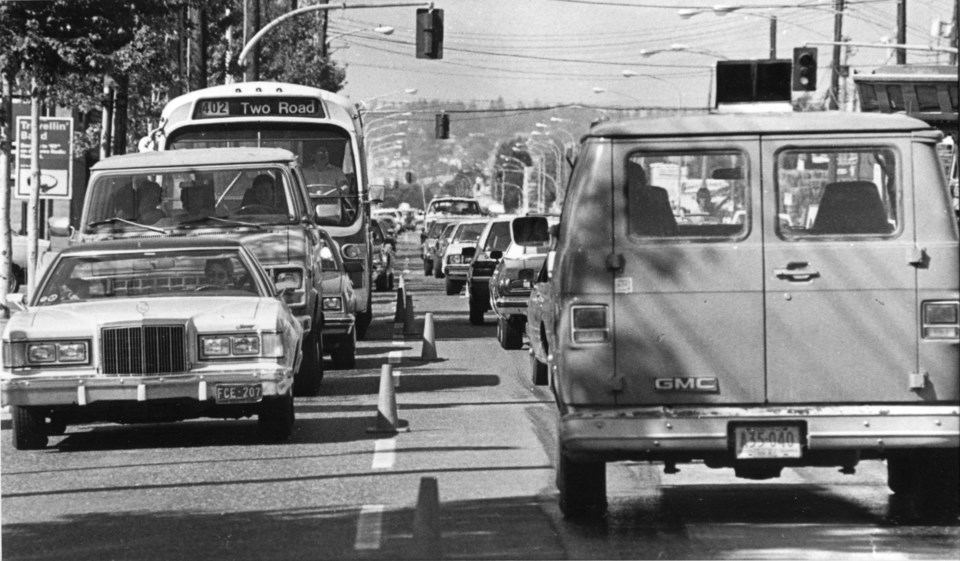
Recognizing needs
1973 – The $4.5 million Lulu Island primary treatment sewage plant opens.
1973 – In response to growing threats to farmland, the Land Commission Act is introduced by the provincial government. MLA Harold Steves plays an important role in forming the Agricultural Land Reserve.
1974-1976 – Richmond’s road network expands with Knight Street and Arthur Laing bridges.
May 14, 1976 – Richmond Public Library opens.
Sept. 14, 1977 – Lansdowne Shopping Centre opens.
1978 – Mylora Farms becomes a golf course.
1979 – Steveston Museum opens on Moncton Street, thus preserving a building that had also served as a post office and bank.
Nov. 10, 1979 – To mark its Centennial anniversary, Richmond adopts the “Child of the Fraser” coat of arms, replacing the old seal, a cornucopia.
1979 – Ted Lorenz is named Richmond’s new fire chief. Lorenz goes on to make valuable contributions to the city in many areas.
1981 – Nova Transition House, for women facing domestic abuse, opens.
April 1, 1981 – Kwantlen College opens, to mark the first post-secondary education institute in Richmond.
1982 – London Farm restored by the Richmond Historical and Museum Society and opened to public.
1983 – Jim Kojima, also known as “Mr. Judo,” named to the Order of Canada for over 40 years of community involvement.
1983 – The federal government purchases the B.C. Packers harbour, soon to be known as the Paramount Harbour, to accommodate 700 fishing vessels.
1983 – The Quen Yim Temple, located on Steveston Highway, near No. 4 Road, is consecrated, marking an important hub for Richmond’s Buddhist community.
1983 – The Nanaksar Gurwara Gursikh Sikh temple opens on Westminster Highway, marking an important hub for Richmond’s Sikh community.
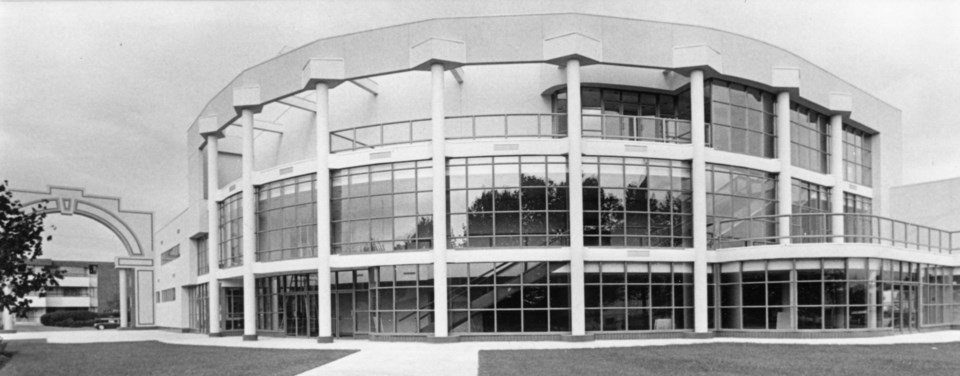
1984 – The Steveston Packers defeat the Richmond Colts in the B.C. High School Basketball Championship, marking decades of intense rivalry between the schools.
Sept. 29, 1984 – Gateway Theatre opens, declaring a new era for performing arts.
March 21, 1985 – Rick Hansen, and his Man in Motion tour, passes through Richmond
1986 – Richmond adopts its first Official Community Plan.
1986 – Richmond gets its present day civic flag, featuring three salmon.
1986 – The Alex Fraser Bridge opens to more easily connect Richmond with Delta and Surrey. Town council endorses the Highway 91 interchange.
1987 – Richmond hosts the B.C. Special Olympic Games.
1987 – Richmond is put on the hockey map as the Richmond Sockeyes win the Abbott Cup and Centennial Cup, to become national Junior A champions.
1988 – Kwantlen College announces plans to expand on Lansdowne Road.
June, 1988 – A bid by developer Milan Ilich to develop Terra Nova’s farmland results in 11 public hearing sessions. Town council decides to grant Ilich zoning, despite massive public outcry.
Sep.6 1988 – Steveston Landing gets a development permit in another controversial move by town council. The Landing reshapes Steveston’s waterfront.
1989 – Garry Point Park opens, after long being an industrial site with sand dunes. It was initially an Aboriginal settlement, prior to Europeans, Japanese and Chinese arriving in Steveston.
May 25, 1989 – Bridgeport Market opens but its quick failure paves the way for River Rock Casino and Resort.
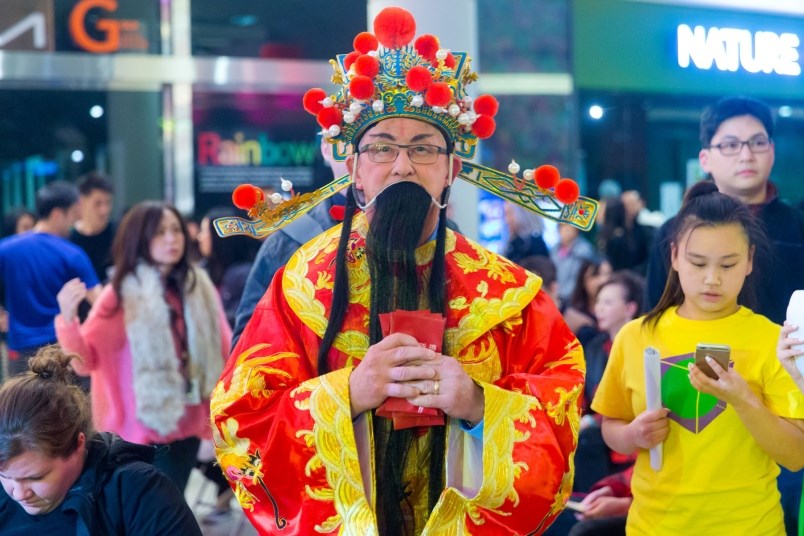
Chinese immigration
1989 – Fairchild Developments constructs Abderdeen Centre, featuring 10-pin bowling and Asian restaurants, marking the first of many Asian-focused malls on No. 3 Road. It would later triple in size by 2003.
1990 – The Steveston Harbour Authority is established.
1990 – Gil Blair loses the mayor’s seat, largely viewed because of his support for the Terra Nova development.
1990 – Greg Halsey-Brandt elected mayor until 2001.
1990 – The City of Richmond is formed with a letters patent, after alderman Bob McMath presented the concept in 1988.
March 20, 1991 – Ground breaks on Brighouse Library and Cultural Centre, to form the present-day community hub.
1992 – Britannia Shipyards is designated a National Historic Site.
Sep.11, 1992 – Construction begins on the $39 million No. 2 Rd. Bridge, which is funded mostly by municipal taxpayers.
June, 1994 – Yaohan Centre opens – the beginning of Richmond’s “Golden Triangle” of Chinese-centric shops and restaurants in north Richmond.
June 18, 1994 – Caring Place opens, marking an important legacy for social service agencies in the city.
July 1, 1997 – Hong Kong is returned to China, marking the impetus for tens of thousands of Hong Kong-Chinese immigrants to come to Richmond in the preceding years.
1997 – Watermania and the Riverport Entertainment Complex open in southeast Richmond.
1998 – Commercial fishing continues to decline in Steveston. Discussions begin on what to do with the soon-to-close (2001), 44-acre BC Packers site. Council decides to re-zone the site for residential purposes in exchange for keeping the waterfront portion publicly accessible. No historic buildings are spared.
May 20, 2000 – A new Richmond City Hall opens, ushering the city into the new century.
2001 – Malcolm Brodie elected mayor.
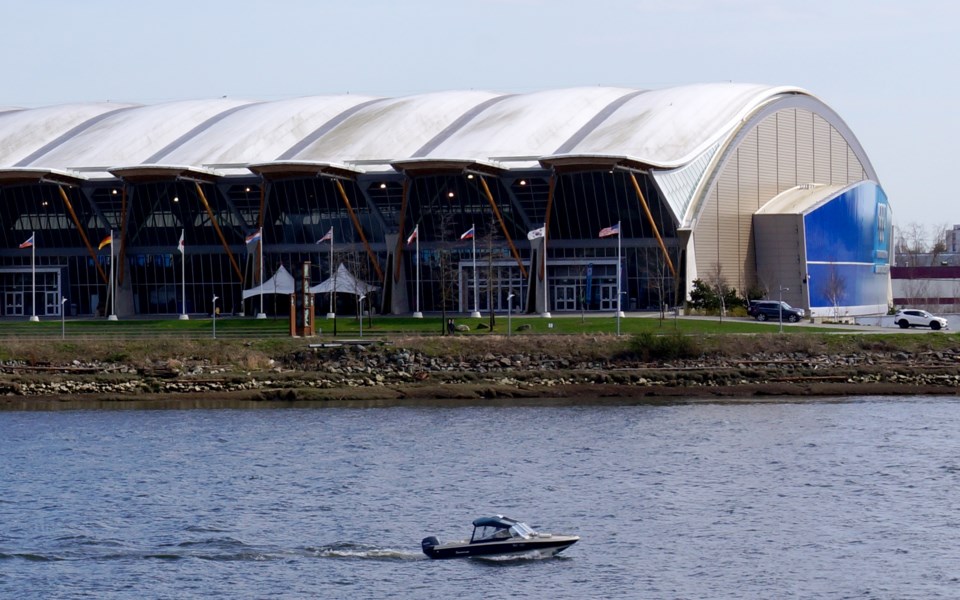
An Olympic moment
2002 – City council deliberates on supporting the Vancouver-Whistler Olympic bid and decides to contribute $500,000, the first local government to make such a contribution to the organizing committee, VANOC.
2002 – The first of many tall ships festivals comes to Steveston.
2003 – The Richmond Night Market opens, becoming a popular beacon of Richmond’s Asian influence.
June 25, 2004 – The River Rock Casino and Resort opens north of Bridgeport Road. The facility now results in upwards of $20 million annual dividends to municipal coffers, allowing the city to build several facilities with little taxpayer investment.
Aug. 17, 2004 – VANOC announces Richmond would be the site of the Olympic speed skating oval.
Dec, 12, 2008 – The Richmond Olympic Oval opens and becomes a corporate subsidiary of the City of Richmond, as it enters into a longstanding partnership with the International Olympic Committee.
Aug. 17, 2009 – The Canada Line rapid transit rail line opens, with seven stations, thus eliminating daily bus travel to Vancouver. A development boom occurs along the line.
2010 – The purchase of the Garden City Lands by the City of Richmond is complete. Lobbying efforts by the Garden City Conservation Society mean the city would preserve the land as a park, as opposed to developing half of it into a trade centre, as initially planned. The $60 million came from the sale of land at the Oval site – the remnants of Brighouse Estate.
February, 2010 – Richmond hosts the Winter Olympics, as the host city for long-track speed skating. The O Zone features Holland House at Minoru Arenas.
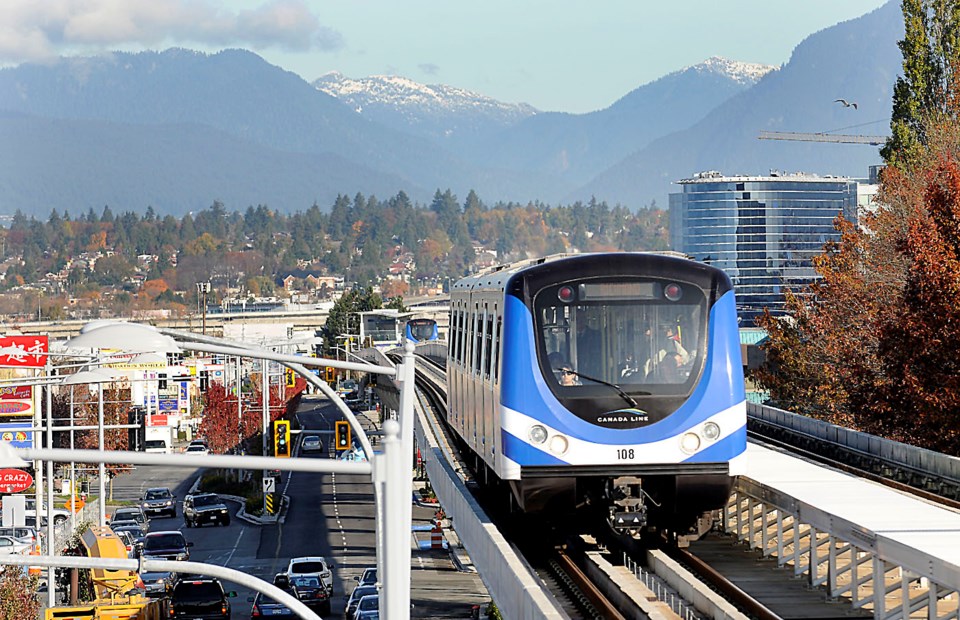
Global issues
2011 – Richmond’s demographic statistics continues to show the city is a popular magnet for Chinese immigrants, as 47 per cent of the population is ethnic Chinese, while 29 per cent is white; eight per cent South Asian and seven per cent Filipino.
2013-2017 – Richmond city council debates implementing a bylaw to ensure English is visible on business signs. The majority of council decides not to pass a bylaw.
September, 2014 – The average price of a detached Richmond home reaches one million dollars, fueled by low interest rates and domestic and overseas demand.
October, 2014 – Largely a result of developer donations, Richmond’s total civic election campaign contributions top one million dollars in the midst of a building boom.
2015 – Sears closes its doors at Richmond Centre, marking a questionable time for big-box retailers in the Internet-shopping age.
July, 2015 – Richmond Review prints last edition.
August, 2015 – Steveston High is demolished to clear way for condos; a symbolic moment marking a continued decline in the city’s school-age children, despite population growth.
September, 2015 – Richmond hosts its first Richmond World Festival to celebrate multiculturalism.
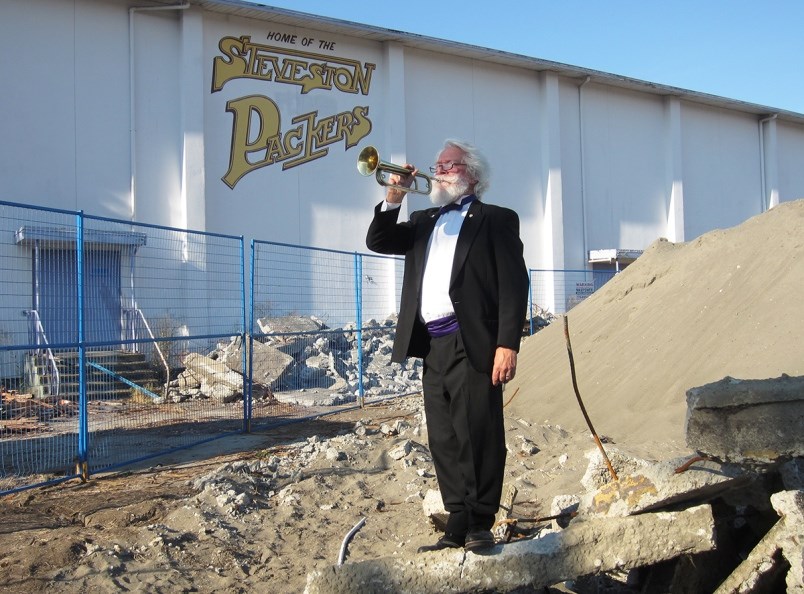
August, 2016 – A foreign homebuyers’ tax is implemented by the provincial government as the latest data shows about one in four homes being bought by Chinese nationals eager to move money out of China’s economy.
November, 2016 – Richmond creates the Richmond Sports Wall of Fame at the Olympic Oval.
2016 – Construction gets underway for the new Minoru Centre for Active Living, a pool and seniors centre that will replace the old Minoru Aquatic Centre and Older Adults Centre. This is one of many civic projects funded by gambling at the River Rock.
2016 – Construction gets underway for a jet fuel terminal on the South Arm of the Fraser River.
2016 – The newest census shows Richmond’s population is aging and households are shrinking in size.
May, 2017 – City council resolves to limit the size of homes on farmland, as real estate speculation and mega mansions make land too unaffordable to farm.
Bonus: July 1, 2017 – Richmond celebrates Canada Day in Steveston with one of the biggest civic celebrations in history, marking Canada’s 150th anniversary.
This feature was largely compiled by sources at the Richmond Archives including:
-Whispers from the Shedrows: A History of Thoroughbred Racing in Richmond
-A Historical Guide to the Steveston Waterfront
-A Thematic Guide to teh Early Records of Chinese-Canadians in Richmond
-Richmond British Columbia: An Illustrated History
-A Chronological Guide to Richmond’s History
